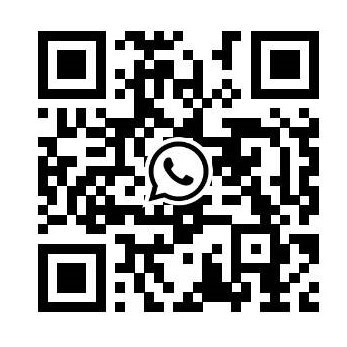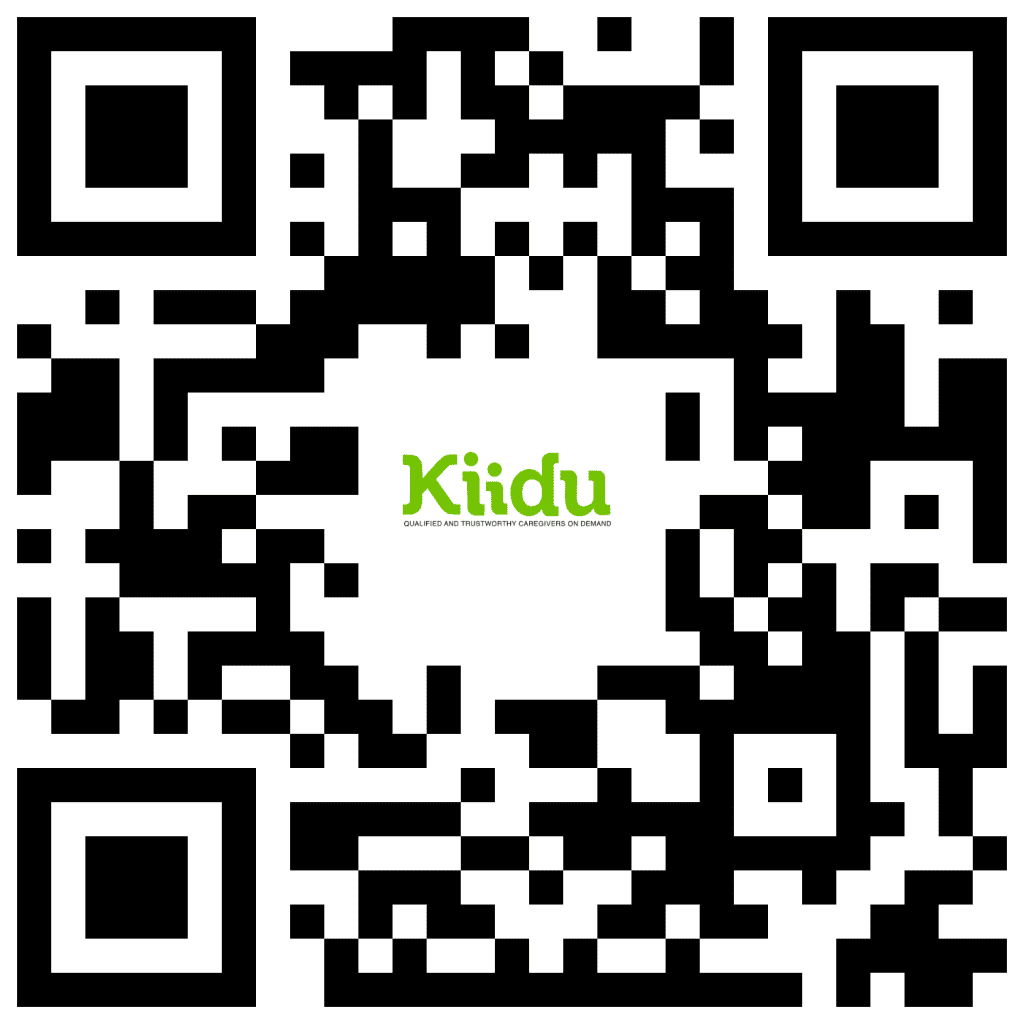Communication lies at the heart of caregiving, forming the foundation for understanding, empathy, and trust. In caregiving, communicate effectively is not merely a skill—it’s an art that fosters a strong and meaningful relationship between caregivers and care recipients. This article will show you the importance of communicating effectively with care recipients, exploring strategies, skills, and considerations that contribute to building a supportive and empathetic caregiving environment.
Communicating Effectively with Care Recipients
-
Understanding the Individual
Communicate effectively begins with a deep understanding of the care recipient’s communication preferences. Some individuals may prefer verbal communication, while others may rely on non-verbal cues. Tailoring communication styles to match the individual’s preferences enhances the quality of interactions.
Every care recipient is a unique individual with their own personality, background, and experiences. Acknowledging and respecting these individual differences, including cultural and linguistic factors, is crucial for creating an inclusive and supportive caregiving environment.
-
Active Listening Skills
Active listening is a cornerstone of effective communication. Caregivers must focus not only on the words spoken but also on the emotions and nuances conveyed. Through active listening, caregivers demonstrate their commitment to understanding the care recipient’s needs and concerns.
Techniques such as maintaining eye contact, nodding in acknowledgment, and paraphrasing what has been said contribute to active listening. These actions convey genuine interest and create a space for the care recipient to express themselves openly.
Responding with empathy is a key component of active listening. Acknowledging the care recipient’s emotions and validating their experiences fosters a sense of connection and trust. Caregivers can express empathy through both verbal and non-verbal means.
-
Clear and Simple Communication
Clear and simple communication is essential, particularly when dealing with individuals facing cognitive challenges or language barriers. Caregivers should avoid jargon and complex language, opting for straightforward and easily understandable communication.
Medical terminology or intricate explanations may confuse care recipients. Caregivers should translate complex information into simpler terms, ensuring that the care recipient comprehends discussions related to their health and care.
Incorporating visual aids and gestures enhances understanding. Caregivers can use charts, diagrams, or physical gestures to supplement verbal communication, making information more accessible and engaging for the care recipient.
-
Empathy in Communication
Empathy is the ability to understand and share the feelings of another. In caregiving, empathetic communication is a powerful tool for building trust and connection. Caregivers who express genuine empathy create a supportive and comforting environment.
Verbal affirmations of understanding and emotional support go hand in hand with actions that demonstrate empathy. Taking the time to listen, offering a comforting touch, or assisting with daily tasks are tangible expressions of empathy.
Trust is the cornerstone of any caregiver-care recipient relationship. By consistently practicing empathetic communication, caregivers establish trust, creating a safe space where care recipients feel understood and valued.
-
Encouraging Open Dialogue
Open dialogue thrives in an environment free from judgment and criticism. Caregivers should create a safe space where care recipients feel comfortable expressing their thoughts, concerns, and preferences without fear of judgment.
Caregivers play a pivotal role in encouraging care recipients to share their feelings and thoughts. This involves asking open-ended questions, actively seeking the care recipient’s input, and patiently waiting for their responses.
Communicate effectively is a two-way street. Caregivers should not only share information but also actively seek feedback and input from care recipients. A collaborative approach to decision-making enhances the care recipient’s sense of autonomy and involvement.
-
Adapting to Changing Needs
As health conditions change, so do communication needs. Caregivers must remain adaptable, recognizing when adjustments in communication strategies are necessary. This may involve modifying language, pacing, or incorporating new communication tools.
Progressive illnesses or changes in cognitive function may require caregivers to adapt their communication approach. This may involve simplifying instructions, using visual aids, or exploring alternative communication methods.
Regularly seeking feedback from care recipients about their communication preferences is crucial. Caregivers can adjust their approach based on this feedback, ensuring that the care recipient feels heard and understood.
-
Assisting with Assistive Communication Devices
Some care recipients may rely on assistive communication devices to express themselves. Caregivers should familiarize themselves with these devices, supporting their use and ensuring that they are properly maintained and accessible.
In cases where the care recipient uses assistive communication devices, collaboration with speech therapists or specialists is beneficial. These professionals can provide guidance on optimizing the use of devices and offer additional communication support strategies.
Technical issues or challenges with assistive devices may arise. Caregivers should be proactive in troubleshooting common problems, seeking assistance from device specialists, and ensuring that the care recipient’s communication needs are consistently met.
-
Managing Challenging Communication Situations
Challenging behaviors, such as frustration or agitation, may impact communication. Caregivers should approach these situations with patience and calmness, seeking to understand the underlying causes and employing de-escalation techniques.
Maintaining a sense of calm during challenging moments is essential. Caregivers can practice stress-reduction techniques, such as deep breathing or mindfulness, to manage their emotions and respond to challenging situations with composure.
In situations where communication challenges persist, seeking guidance from healthcare professionals or participating in support groups can be beneficial. These resources offer insights, strategies, and a sense of community for caregivers facing similar communication difficulties.
-
Incorporating Routine Communication Practices
Consistency in communication is reassuring for care recipients. Establishing regular communication routines, such as daily check-ins or specific times for discussions, provides structure and predictability, contributing to a sense of security.
Communicate effectively practices contribute to building a sense of security for care recipients. Knowing when to expect communication helps create a dependable caregiving environment, promoting feelings of safety and stability.
While routine communication is valuable, caregivers should also embrace moments of spontaneity. Unplanned conversations and gestures of kindness contribute to a dynamic and emotionally rich caregiver-care recipient relationship.
-
Utilizing Technology for Communication
Technology offers a plethora of communication tools and apps designed to enhance caregiver-care recipient interactions. Caregivers can explore platforms that facilitate video calls, medication reminders, or health tracking, adapting these technologies to meet the specific needs of the care recipient.
Telehealth has become increasingly prevalent in healthcare. Caregivers can leverage telehealth services for remote consultations, reducing the need for in-person appointments. Virtual communication platforms also enable caregivers to stay connected with healthcare providers and share updates on the care recipient’s well-being.
While technology brings numerous benefits, caregivers should also be mindful of potential challenges. These may include issues related to accessibility, technical difficulties, or the need for training. Addressing these challenges and maximizing the benefits of technology contribute to an enhanced caregiving experience.
Conclusion
In the intricate tapestry of caregiving, communicate effectively is the thread that binds caregivers and care recipients together. The ability to understand, empathizes, and adapts communication strategies is central to providing compassionate and person-centered care. By embracing the art of effective communication, caregivers can create environments where care recipients feel heard, valued, and empowered. As we navigate the challenges and joys of caregiving, let us continue to refine our communication skills, celebrate the richness of connection, and foster relationships that enhance the well-being of both caregivers and care recipients.
See Also: Types of Different Care Needs based on Age and Health








